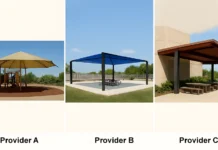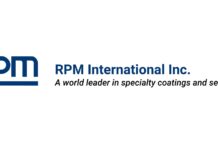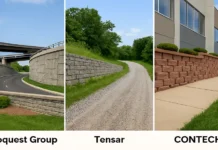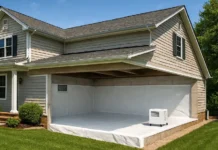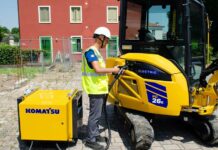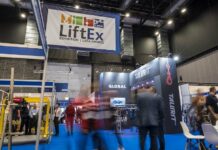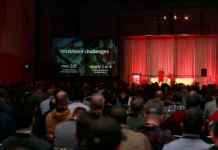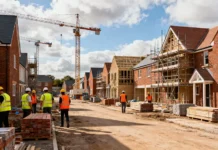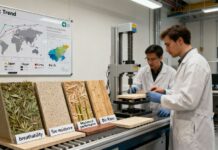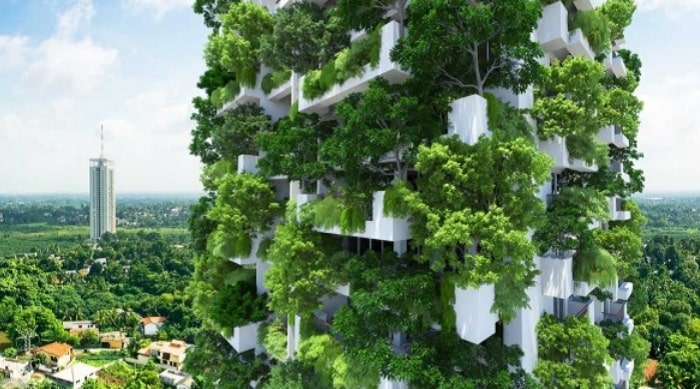The depletion of natural resources due to the huge demand for energy and construction materials for the ever-increasing population and demand in the construction sector has caused irrevocable ecological imbalance. The environmental impact of human activities and the anxiety about decreasing energy resources warrants greater attention globally to ensure sustainable development. Thus, the living spaces in buildings where individuals spend most of their time need to be eco-friendly and healthy. Housing, as one of the oldest building typologies, has always been one of the most important needs of human beings.
In this respect, a high level of sensibility is required for developing appropriate principles of sustainable housing for the use of current and future generations. Several solutions have been proposed by different companies and institutions to enhance the efficiency of residential construction. In the past few decades, some methods of construction have been developed using standardized lightweight frames and materials. Due to various economic, structural and environmental benefits, these kinds of construction techniques have rapidly changed the construction practices all around the world. The construction of these systems is clean, fast and easy. Moreover, they are lightweight and need less construction materials. These specific characteristics result in lower environmental loads and enhanced seismic resistance.
Light gauge steel frame (LGSF) construction (also known as cold-formed steel structures or lightweight steel structures) is the non-combustible. The concept of standardized light framed residential buildings is to build more buildings in a short period with fewer resources. LGSF exterior wall has a lower U-value that results in better insulation behaviour.
Steel is widely used in the construction of multi-storey buildings. However, steel construction is seldom used and is traditionally considered uneconomical for landed properties. In many parts of the world, timber or structural brickwork is preferred whereas in India, reinforced concrete construction is usually preferred for landed properties.
Over the years, various improved systems have been developed for use in landed properties. An economical light gauge steel frame system is increasingly being used in America, Europe, Australia and New Zealand. This light gauge steel frame is developed through a cold-formed process without the use of heat. This process enables steel manufacturers to produce light-weight but high tensile steel sheets. The sheet surface is coated with a zinc alloy that completely covers the steel surface and seals it from the corrosive action of its environment. This results in buildings that are more solid, rigid, stronger, durable and easier to build. As such, the light gauge steel frame system is an attractive alternative for use in landed properties. This is particularly in view of concerns on the depletion of timber and other natural resources and low productivities associated with reinforced concrete construction.
Benefits
Buildability: The use of pre-fabricated and pre- assembled steel components reduces site works, reduces material waste and improves quality.
Speed: This system requires a shorter construction period compared to that for a conventional system.
Strong but Lightweight: Steel has one of the highest strength-to-weight ratios of any construction material. This results in savings in the foundation required and the lightness also makes for easier on-site handling.
Safety: Steel’s inherent strength and non- combustible qualities enable light steel frame houses to resist such devastating events as fires, earthquakes, and hurricanes. Homes can be designed to meet the highest seismic and wind load specifications in any part of the country.
Quality: A better quality finished house that is durable and low in maintenance. Easy to Remodel: Remodelling can be easily accomplished. Non-load bearing walls can be readily relocated, removed or altered.
Design Flexibility: Because of its strength, steel can span longer lengths, offering larger open spaces and increased design flexibility without requiring intermediate columns or load bearing walls.
Recyclable: All steel products are recyclable.
Light gauges’ steel framing system has advantages like adaptability, off-site manufacturing, reusability, recyclability, cost efficiency and resource efficiency making it one of the most sustainable building methods available today. Light gauge framing systems can fulfil the requirements of small building with cost effectiveness and environment friendliness that makes light-gauge steel construction, a technology with huge growth potential and applicability
In an attempt to bring new construction systems for mass housing, Building Materials and technology promotion council (BMTPC) identified and evaluated a few systems which can help in providing safe, strong and quality housing in quick time. It has identified LGSF as one of its evaluated and promoted technology & has been approved in the Pradhan Mantri Awas Yojana (PMAY). Around 1.5 Lakh houses have been constructed under alternative technologies



